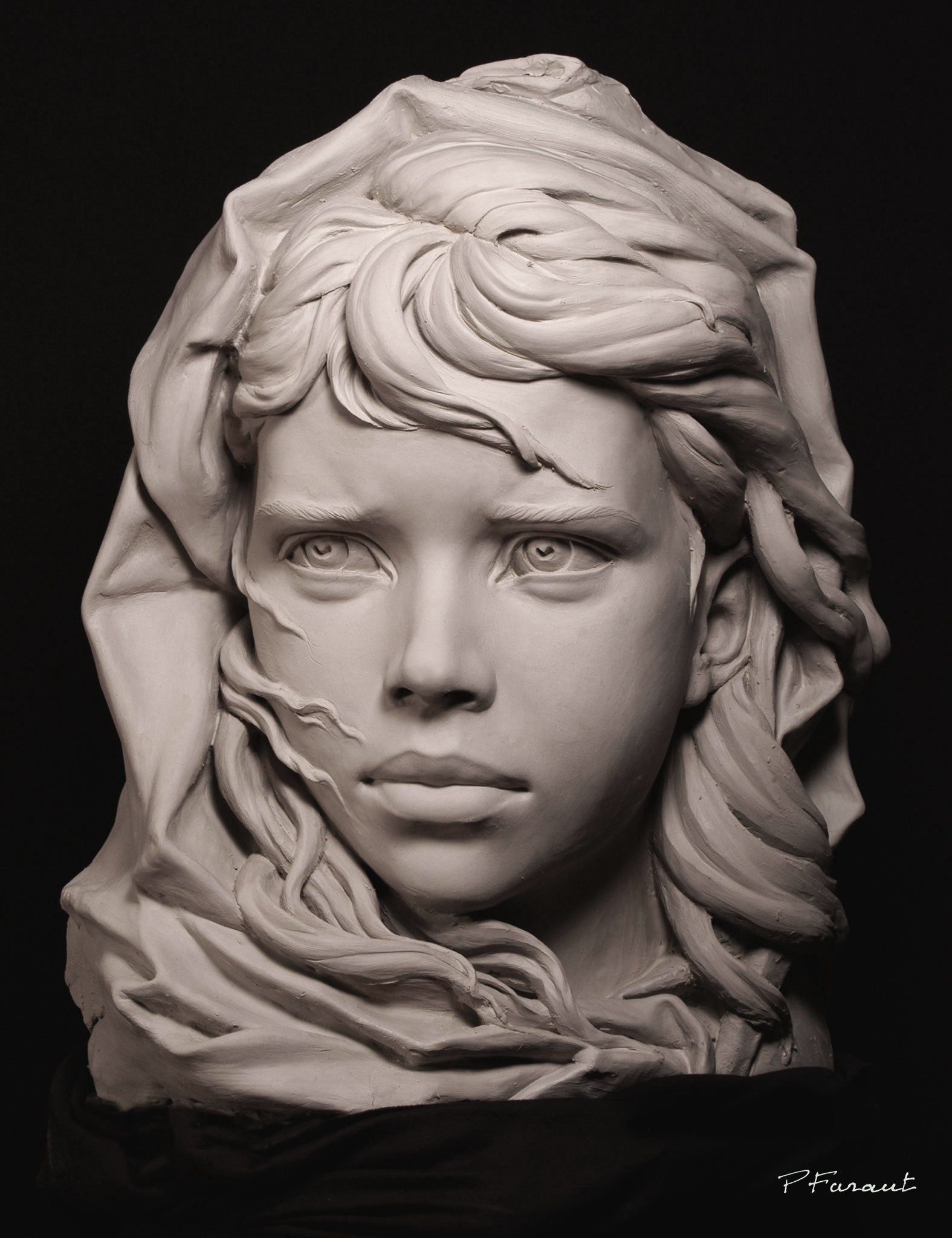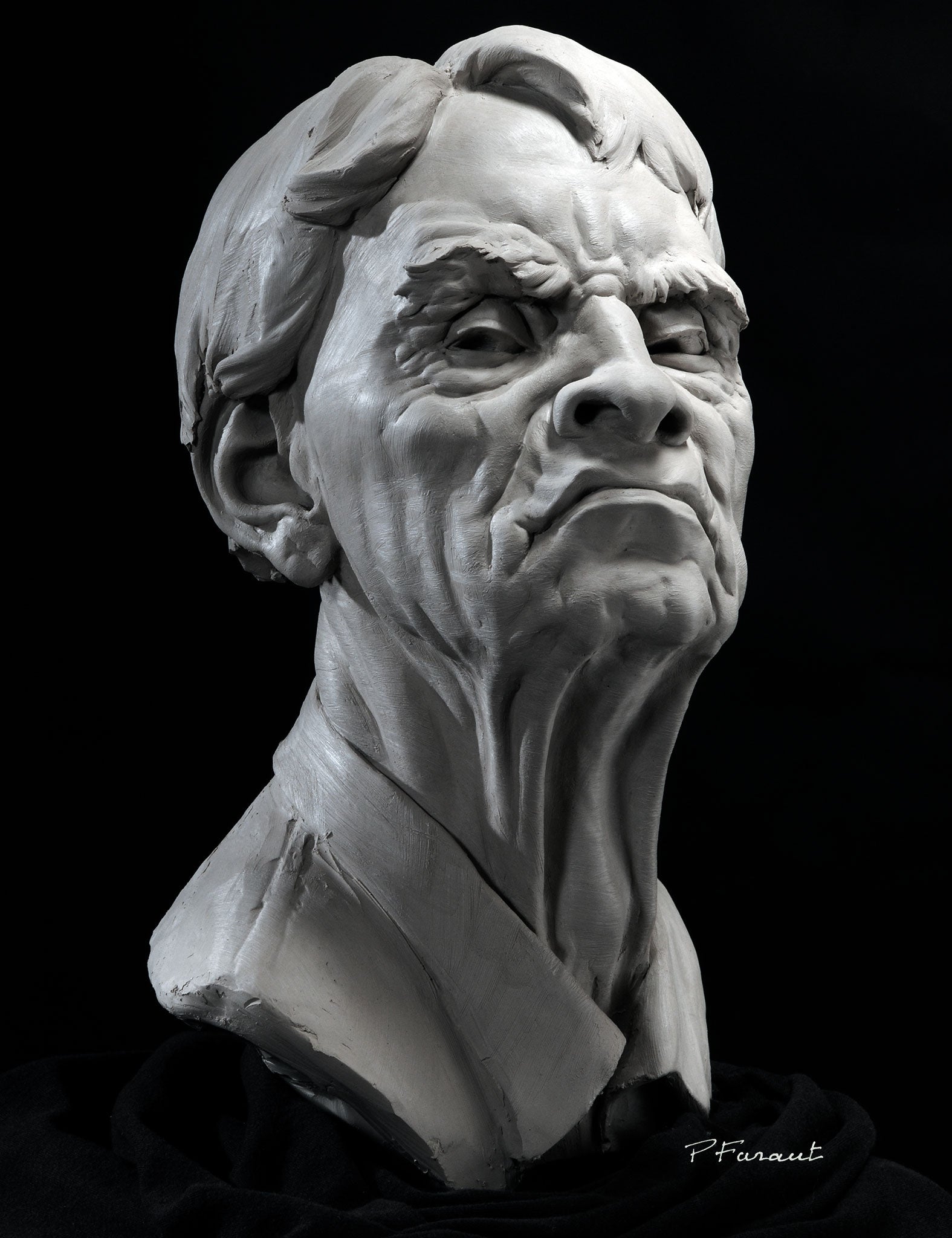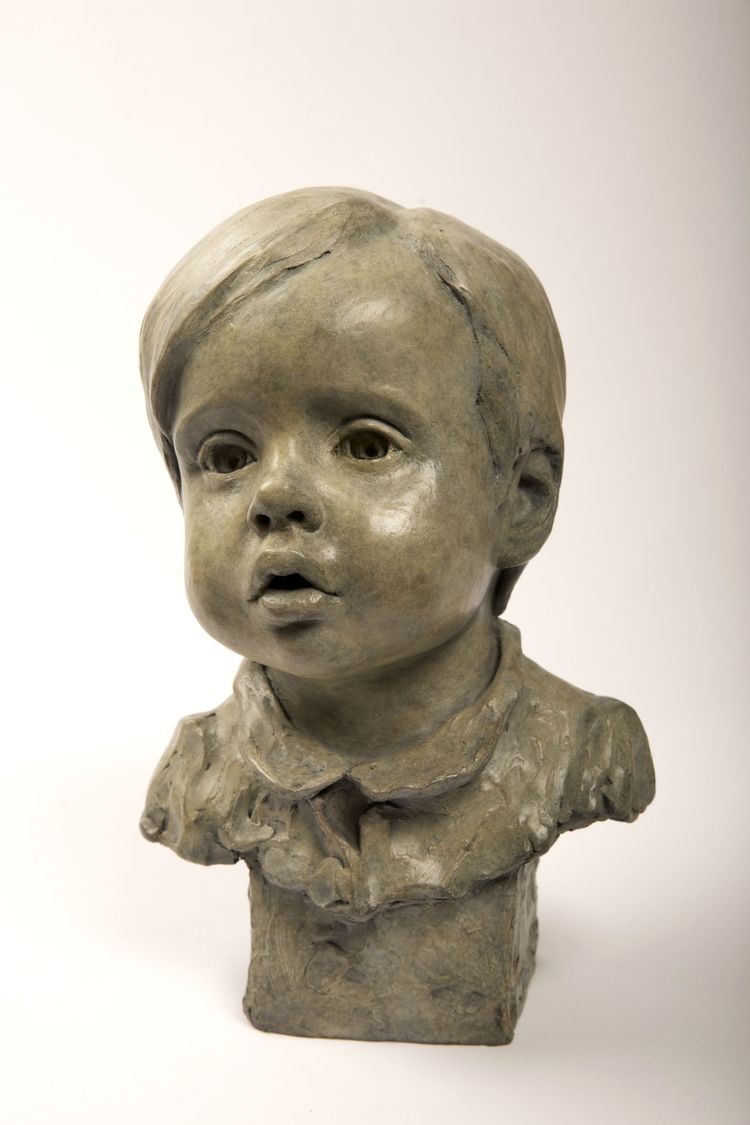The Advancement of Sculptures: From Old to Modern
The Development of Sculptures: From Old to Modern. Robert C Hitchcock Sculptor.
Sculpture, one of the earliest types of art, has actually been an essential component of human world for millennia. From the old human beings of Egypt and Greece to the modern era, sculptures have progressed, mirroring changes in artistic strategies, products, and social influences. This journey with time traces the growth of sculptures, exploring the changes in vogue, subject, and creative expression.
Beginning with the old world, sculptures crafted from rock and later on bronze recorded the essence of divine beings, leaders, and everyday life. The Renaissance duration witnessed a revival of classical sculpting techniques, as musicians sought to mimic the elegant forms of ancient Greek and Roman sculptures (Portrait Sculptor). In the modern-day era, musicians tested traditional borders, embracing abstraction and experimentation with brand-new products
This exploration will certainly dive into the varied development of sculptures, exposing the rich tapestry of imaginative expression across various periods and cultures.

Old Sculptures: From Rock to Bronze
Ancient sculptures transitioned from being carved out of rock to being cast in bronze. Rock sculptures, while remarkable in their own right, were limited by the nature of the product. Contemporary Sculptures.
The intro of bronze as a tool for sculptures caused a revolution in creative expression. Bronze offered sculptors the possibility to develop natural and complex types that were not possible with rock. The process of casting bronze enabled the creation of numerous copies of a sculpture, enabling wider circulation and conservation of these creative work of arts.
The transition from rock to bronze likewise saw a shift in the subject issue of sculptures. While stone sculptures mainly illustrated gods, sirens, and mythical figures, bronze sculptures began to reflect a broader series of subjects, including everyday people and pets. This development of subject matter showcased the versatility and adaptability of the bronze tool.
Renaissance Rebirth: Shaping in the Classical Style
The Renaissance revival of sculpture witnessed a revival in the classical design, building upon the advancements made throughout the change from rock to bronze in ancient sculptures. During this period, musicians looked for to recreate the classic aesthetic and suitables of charm that were prevalent in old Greek and Roman sculptures.
Among the essential attributes of the Renaissance resurgence was the emphasis on naturalism and the human kind. Carvers like Donatello and Michelangelo strove to record the physiological details and expressions of their topics with extraordinary precision. They researched the body and included their observations right into their sculptures, causing practical and lifelike depictions.
Another vital aspect of the Renaissance rebirth was the exploration of point of view and depth. Musicians utilized methods such as contrapposto, where the weight of the body is moved to one side, producing a feeling of activity and dynamism. They also try out various products, consisting of marble and bronze, to attain a degree of elegance and ins and out in their sculptures.

Modernism and the Avant-Garde: Damaging Traditional Borders
During the Innovation and Avant-Garde movements, artists pressed the borders of conventional imaginative conventions. This period, which arised in the late 19th and early 20th centuries, saw a significant shift in the method musicians approached sculpture. Turning down the idea of art as simple replica, modernist sculptors looked for to discover new types, products, and concepts.
Among the vital qualities of modernist sculpture was the focus on abstraction. Artists relocated away from sensible representations and rather focused on capturing the significance of the subject through streamlined forms and geometric forms. This departure from standard depiction permitted musicians to express their emotions and ideas in a more individual and subjective way.

Contemporary Sculptures: Exploring New Materials and Concepts
With a focus on discovering brand-new materials and concepts, contemporary sculptures have reinvented the field of art. Artists today are pushing the limits of standard sculpture by experimenting and making use of ingenious materials with abstract ideas. These sculptures test traditional ideas of kind, materiality, and definition, welcoming visitors to participate in a provocative and new imaginative experience.
Contemporary carvers are embracing a broad range of products, consisting of plastic, glass, metal, and even organic issue. They are not restricted to the traditional medium of stone or clay, allowing for better civil liberty and trial and error. This change in the direction of unconventional products has actually opened up new opportunities for musicians to produce sculptures that are dynamic, interactive, and visually striking.
In enhancement to checking out new products, contemporary sculptures likewise explore facility and abstract ideas. Artists are currently discovering motifs such as identity, social concerns, and the atmosphere, utilizing sculpture as a powerful medium for social commentary and self-questioning. These sculptures test customers to assume seriously and engage with art on a much deeper level, triggering conversations and prompting psychological reactions.
International Influences: Sculptural Traditions From Worldwide
Sculptural traditions from numerous regions of the globe have considerably formed the evolution of sculptures throughout history. The global impacts on sculpture have actually varied and have actually added to the splendor and variety of imaginative expressions. From the ancient human beings of Egypt, Greece, and Rome to the elaborate makings of Asian societies, each region has actually created its distinct sculptural practices that have influenced musicians across time.
In old Egypt, sculptures were produced mainly for religious and funerary purposes. The famous sculptures of pharaohs and gods, such as the Great Sphinx and the bust of Queen Nefertiti, display the Egyptians' proficiency of stone carving and their belief in the immortality.

In ancient Rome, sculpture offered both artistic and political functions. Roman sculptures frequently illustrated emperors, generals, and mythological numbers, reflecting the power and splendour of the realm. The marble statuary of Augustus of Prima Porta and the monumental Arc of Constantine are notable examples of Roman sculptural accomplishments.
Eastern sculptural practices, particularly in India, China, and Japan, have also had a profound effect on the development of sculptures. Indian sculptures, such as the delicately sculpted temples of Khajuraho and the colossal statues of Buddha, exhibit a rich blend of religious, mythological, and architectural elements. Chinese sculptures, click for info identified by their fine craftsmanship and attention to detail, typically depict divine beings, pets, and famous figures. Japanese sculptures, influenced by Buddhism, emphasize simplicity and tranquility, seen in the peaceful sculptures of Buddha and the sophisticated art of bonsai.
The international impacts on sculpture proceed to evolve in the modern-day period. Artists today draw ideas from numerous sculptural customs, integrating new products, strategies, and principles to create ingenious and provocative art work. The combination of different social impacts has actually generated a dynamic and diverse sculptural landscape, mirroring the interconnectedness of our international society. As we want to the future, it is specific that the worldwide impacts on sculpture will certainly continue to shape and redefine this ancient art kind.
Final Thought
In verdict, the development of sculptures has actually seen a shift from ancient rock and bronze functions to the classical rebirth during the Renaissance. Today, modern sculptures discover new products and principles, while also attracting ideas from international sculptural customs.
From the ancient people of Egypt and Greece to the modern-day era, sculptures have actually developed, mirroring changes in creative strategies, materials, and cultural influences.Starting with the old globe, sculptures crafted from stone and later bronze caught the significance of divine beings, rulers, and everyday life.Old sculptures transitioned from being carved out of stone to being cast in bronze. While stone sculptures mainly shown gods, sirens, and mythological numbers, bronze sculptures started to show a more comprehensive range of subjects, including daily individuals and pets.In conclusion, the evolution of sculptures has seen a shift from ancient stone and bronze functions to the classical revival during the Renaissance.